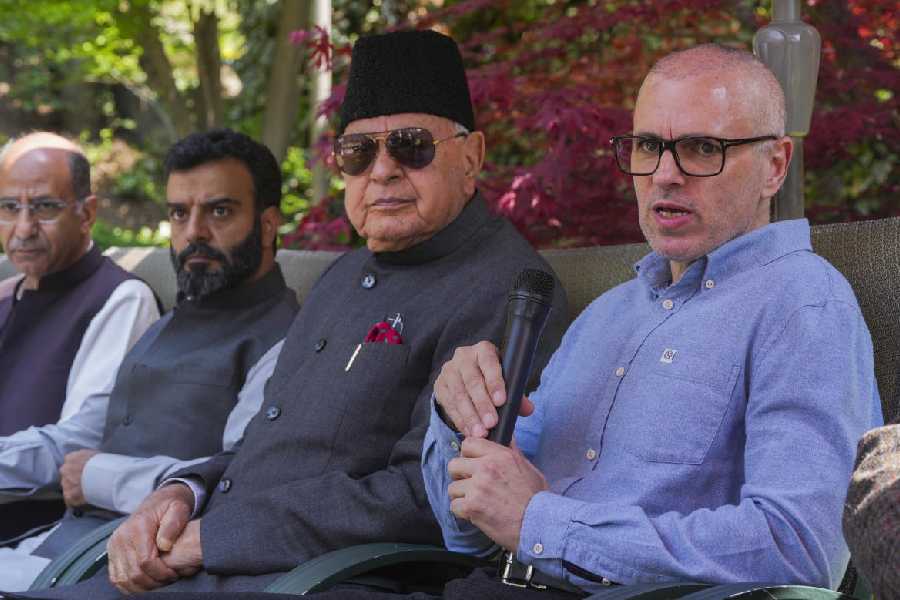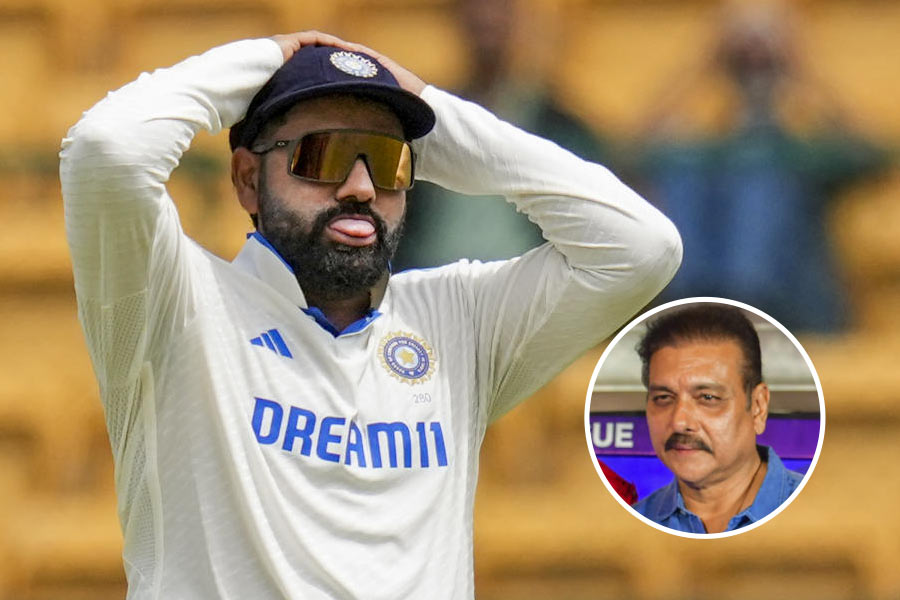Parents worried about what they see as increasing violence in films can now claim support from science.
An analysis of over 160,000 English movies has revealed a rising trend of violence over the past five decades, measured through the verbs “kill” or “murder” in the dialogues.
Across all films and characters, the percentage of these verbs in the total dialogue increased from 0.21 per cent in the early 1970s to 0.37 per cent in 2020, researchers have said in a study published on Monday.
Among the 166,534 movies analysed over the decades, 6.97 per cent used the verbs “kill” or “murder” in their dialogues, specifically sentences containing phrases such as “she killed” or “he murdered”.
The results suggest that speech about committing murder has increased over time even in non-crime movies, regardless of the character’s gender, according to the study, published in JAMA Paediatrics, a research journal of the American Medical Association.
“People are being exposed to more and more violence over the past 50 years,” Brad Bushman, a professor of communication at the Ohio State University who led the study, told The Telegraph via email.
The researchers declined to cite specific examples of violent speech from movies.
Multiple medical and scientific organisations have over the years cautioned about the portrayal of violence in films, amid ample evidence that movie violence can influence aggressive behaviour and the mental health of adults and children.
“When people are exposed to a lot of violence, they begin to think it is ‘no big deal’, but exposure to violence is a big deal. It can increase aggression and it can desensitise people to violence,” said Bushman, executive secretary of the International Society for Research on Aggression.
No other study had analysed such a massive number of films. A 2013 study found that the portrayal of gun violence had doubled since 1950 in all movies and tripled within PG13-rated films (which carry warnings about content inappropriate for under-13 children) since 1985.
But until now, the largest script dataset had analysed only 2,000 movies.
Among ways in which movie violence can influence behaviour, psychologists have cited behavioural imitation through observation, desensitisation to violence, reduction of empathy, and a so-called “mean world syndrome” where people view the world as a dangerous and violent place.
Babak Fotouhi, the study’s lead author and assistant research professor at the College of Information at the University of Maryland, said the findings also suggest that references to killing and murder occur far more frequently in movies than in real life.
The frequency at which these words appear in movie dialogue is “about 10 times higher” than how frequently these verbs are used in typical daily English, Fotouhi told this newspaper.
“This indicates that the movie industry significantly over-represents violent speech compared to real-world use,” Fotouhi said.
Fotouhi added: “And this over-representation is showing an overall increasing trend — the trend fluctuates year to year but there has been an overall increase over the past 50 years.”
Women characters overall had less violent dialogue than men but they also showed increases over time.
The researchers believe that the actual level of violence in movies is higher than 6.97 per cent.
“We focused exclusively on murderous verbs in our analysis,” said Amir Tohidi, a post-doctoral researcher at the University of Pennsylvania and study co-author. “Including less extreme forms of violence could result in a higher level of violence.”
The increase in the proportion of violent words has also occurred in non-crime movies.
“It was surprising to find significant increases (in speech containing violent verbs) in non-crime movies,” Bushman said. “Characters in non-crime movies are talking more about killing and murdering today than they did 50 years ago.”










